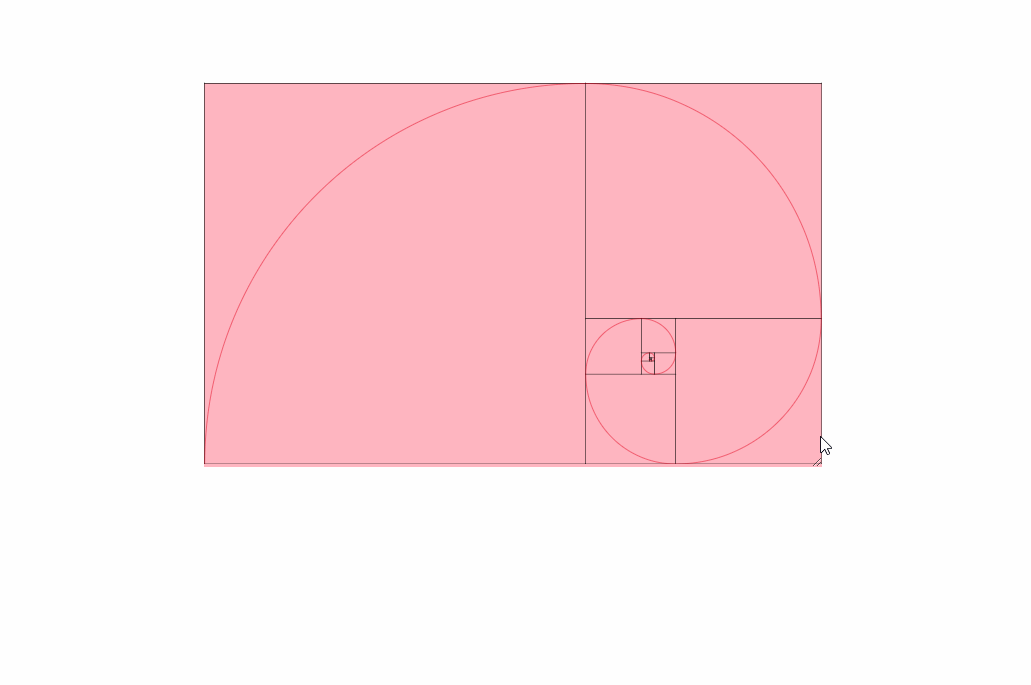How can I make an svg scale with its parent container?
After like 48 hours of research, I ended up doing this to get proportional scaling:
NOTE: This sample is written with React. If you aren't using that, change the camel case stuff back to hyphens (ie: change backgroundColor to background-color and change the style Object back to a String).
<div
style={{
backgroundColor: 'lightpink',
resize: 'horizontal',
overflow: 'hidden',
width: '1000px',
height: 'auto',
}}
>
<svg
width="100%"
viewBox="113 128 972 600"
preserveAspectRatio="xMidYMid meet"
>
<g> ... </g>
</svg>
</div>
Here's what is happening in the above sample code:
VIEWBOX
MDN: https://developer.mozilla.org/en-US/docs/Web/SVG/Attribute/viewBox
min-x, min-y, width and height
ie: viewbox="0 0 1000 1000"
Viewbox is an important attribute because it basically tells the SVG what size to draw and where. If you used CSS to make the SVG 1000x1000 px but your viewbox was 2000x2000, you would see the top-left quarter of your SVG.
The first two numbers, min-x and min-y, determine if the SVG should be offset inside the viewbox.
My SVG needs to shift up/down or left/right
Examine this: viewbox="50 50 450 450"
The first two numbers will shift your SVG left 50px and up 50px, and the second two numbers are the viewbox size: 450x450 px. If your SVG is 500x500 but it has some extra padding on it, you can manipulate those numbers to move it around inside the "viewbox".
Your goal at this point is to change one of those numbers and see what happens.
You can also completely omit the viewbox, but then your milage will vary depending on every other setting you have at the time. In my experience, you will encounter issues with preserving aspect ratio because the viewbox helps define the aspect ratio.
PRESERVE ASPECT RATIO
MDN: https://developer.mozilla.org/en-US/docs/Web/SVG/Attribute/preserveAspectRatio
Based on my research, there are lots of different aspect ratio settings, but the default one is called xMidYMid meet. I put it on mine to explicitly remind myself. xMidYMid meet makes it scale proportionately based on the midpoint X and Y. This means it stays centered in the viewbox.
WIDTH
MDN: https://developer.mozilla.org/en-US/docs/Web/SVG/Attribute/width
Look at my example code above. Notice how I set only width, no height. I set it to 100% so it fills the container it is in. This is what is probably contributing the most to answering this Stack Overflow question.
You can change it to whatever pixel value you want, but I'd recommend using 100% like I did to blow it up to max size and then control it with CSS via the parent container. I recommend this because you will get "proper" control. You can use media queries and you can control the size without crazy JavaScript.
SCALING WITH CSS
Look at my example code above again. Notice how I have these properties:
resize: 'horizontal', // you can safely omit this
overflow: 'hidden', // if you use resize, use this to fix weird scrollbar appearance
width: '1000px',
height: 'auto',
This is additional, but it shows you how to allow the user to resize the SVG while maintaining the proper aspect ratio. Because the SVG maintains its own aspect ratio, you only need to make width resizable on the parent container, and it will resize as desired.
We leave height alone and/or set it to auto, and we control the resizing with width. I picked width because it is often more meaningful due to responsive designs.
Here is an image of these settings being used:

If you read every solution in this question and are still confused or don't quite see what you need, check out this link here. I found it very helpful:
https://css-tricks.com/scale-svg/
It's a massive article, but it breaks down pretty much every possible way to manipulate an SVG, with or without CSS. I recommend reading it while casually drinking a coffee or your choice of select liquids.
To specify the coordinates within the SVG image independently of the scaled size of the image, use the viewBox attribute on the SVG element to define what the bounding box of the image is in the coordinate system of the image, and use the width and height attributes to define what the width or height are with respect to the containing page.
For instance, if you have the following:
<svg>
<polygon fill=red stroke-width=0
points="0,10 20,10 10,0" />
</svg>
It will render as a 10px by 20px triangle:
Now, if you set only the width and height, that will change the size of the SVG element, but not scale the triangle:
<svg width=100 height=50>
<polygon fill=red stroke-width=0
points="0,10 20,10 10,0" />
</svg>
If you set the view box, that causes it to transform the image such that the given box (in the coordinate system of the image) is scaled up to fit within the given width and height (in the coordinate system of the page). For instance, to scale up the triangle to be 100px by 50px:
<svg width=100 height=50 viewBox="0 0 20 10">
<polygon fill=red stroke-width=0
points="0,10 20,10 10,0" />
</svg>
If you want to scale it up to the width of the HTML viewport:
<svg width="100%" viewBox="0 0 20 10">
<polygon fill=red stroke-width=0
points="0,10 20,10 10,0" />
</svg>
Note that by default, the aspect ratio is preserved. So if you specify that the element should have a width of 100%, but a height of 50px, it will actually only scale up to the height of 50px (unless you have a very narrow window):
<svg width="100%" height="50px" viewBox="0 0 20 10">
<polygon fill=red stroke-width=0
points="0,10 20,10 10,0" />
</svg>
If you actually want it to stretch horizontally, disable aspect ratio preservation with preserveAspectRatio=none:
<svg width="100%" height="50px" viewBox="0 0 20 10" preserveAspectRatio="none">
<polygon fill=red stroke-width=0
points="0,10 20,10 10,0" />
</svg>
(note that while in my examples I use syntax that works for HTML embedding, to include the examples as an image in StackOverflow I am instead embedding within another SVG, so I need to use valid XML syntax)